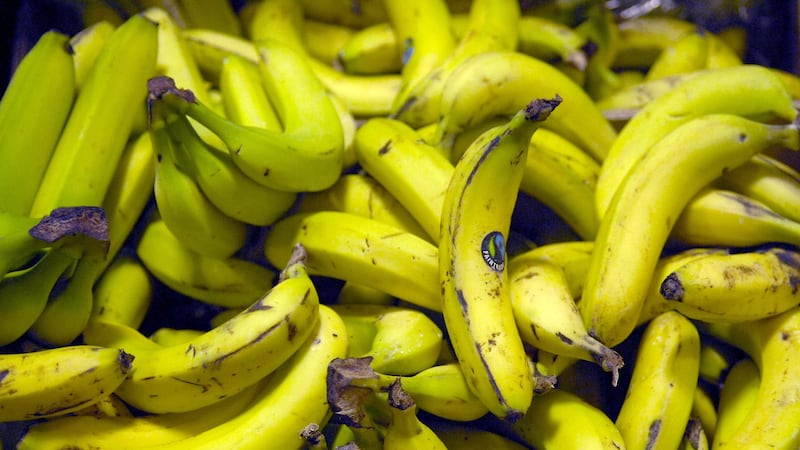Following on from last week’s look at Micheál Ó Mainnín’s article on Irish place-names, to help you work out the meaning of some our best known towns, here are some clues to guide you through the maze..
Although some of the most important early church sites in Ireland bear names with no ecclesiastical significance, Derry (Doire – “oakwood” for example), the advent of Christianity saw the introduction of a new terminology.
Domhnach, from the Latin dominicum “a church building”, is thought to be our oldest ecclesiastical element and is found in names such as Donaghadee in Down and Donaghmore (Domhnach Mór – “great church”) in Tyrone.
Cill – from the Latin cella, “church, monastery, graveyard” – is by far the commonest ecclesiastical element in Irish place-names but it can be confused with coill which means a wood.
Frequentlym cill refers to an early Irish church or monastery of the pre-12th century period and Shankill in Belfast, derived from the Irish Seanchill – “old church”, probably dates from this period. Cill is often qualified by the name of the founding saint as in Kilbroney (Cill Bhrónaí – “Bronagh’s church”), Co. Down.
Other ecclesiastical elements gained currency from the late 12th century, a period of great reform in the Irish church, particularly teampall, as in Templepatrick, County Antrim and eaglais, as in Eglish in counties Armagh and Tyrone.
The elements ráth (rath), dún (doon, dun), lios (lis), cathair (caher) and caiseal (cashel) are undoubtedly our oldest secular placename elements.
All can be translated as “fort” in English and most of them probably originated in the period c.400-800 AD.
Ráth is most common in Leinster, with significant numbers in Munster and Connacht but there are relatively few examples in Ulster, although we do have Ráth Maoláin - Rathmullan in County Donegal.
Lios on the other hand is least common in Leinster and most common in southern Ulster and Connacht.
Notable examples are Lisnaskea (Lios na Sceiche – “fort of the thorn bush”) and Lisbellaw (Lios Béal Átha – “fort at the mouth of the ford”) in Fermanagh.
Dún appears to occur everywhere and is, of course, the original Irish form of the name of County Down.
The commonest of all Irish settlement terms is undoubtedly baile, Anglicised “bally”, which primarily means “dwelling place” but which in the course of time came to refer to the lands attached to the dwelling unit, the “homestead”, the “townland” and finally “town” itself.
Baile can be followed by a surname so that Baile Uí- Dhálaigh is Ballygawley, it can refer to the situation of the place (e.g. An Baile Meánach - Ballymena)– “the middle town”) to its shape or to the physical nature of the terrain, or to some prominent natural or man-made feature within the townland (e.g. Ballynahinch, Baile na hInse – “the townland which contains an island”).
You can discover more about Irish place-names in Micheál Ó Mainnín’s article at tinyurl.com/meu562et
CÚPLA FOCAL
Doire (dirra) - an oakwood
Domhnach (doenakh) - a church building
Domhnach Mór (doenakh more) - Donaghmore – great church
Cill (kill) - church, monastery, graveyard
Seanchill (shaankill) - Shankill
Cill Bhrónaí (kil wronee) - Kilbroney
teampall (champal) - a church
Teampall Phádraig (champal fadreeg) - Templepatrick
Eaglais (ugleesh) - a church
ráth (rah) - an earthen ring-fort
dún (doon) -a fort
lios (liss) – the nclosed ground of (ancient) dwelling-house
cathair (caher) - a monastic city
caiseal (cashel) - a stone fort
Ráth Maoláin (rah mweelaan) - Rathmullan
Lios na Sceiche (liss ne shkayha) – fort of the thorn bush)
Lios Béal Átha (lis bel aha) – Lisbellaw
baile (bala) - bala
coill (cull) - a wood
Baile Uí Dhálaigh (bal’ee gaalee) - Ballygawley
An Baile Meánach (un bala maanakh) - Ballymena
Ballynahinch - (bala ne hinshe) Baile na hInse


